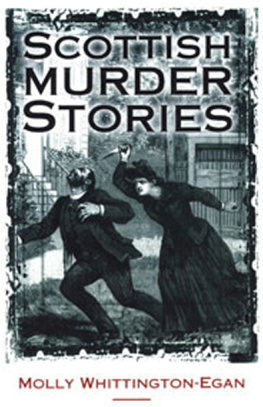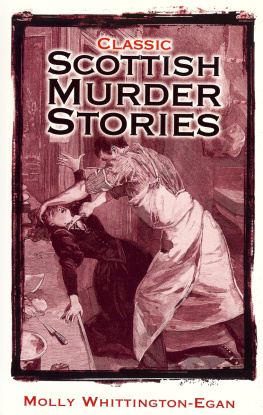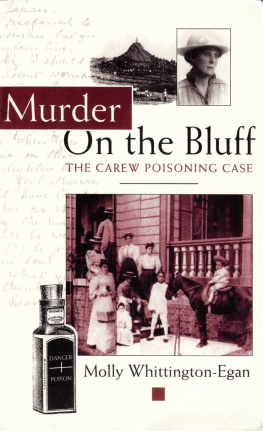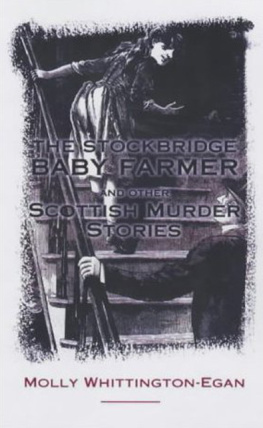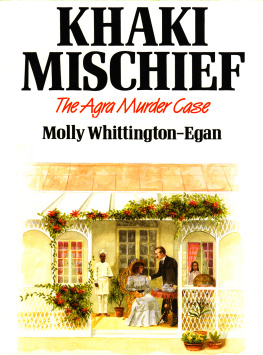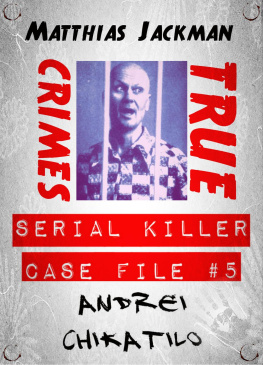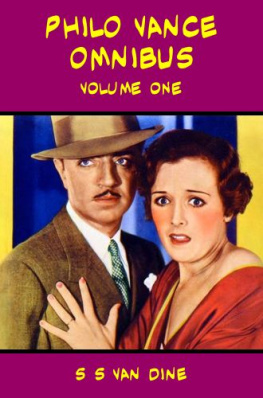ACKNOWLEDGEMENTS
My special thanks to Stewart Evans
Robert Gilbert, Melvin Harris
Dr Marc Hinchliffe, Lewis MacDonald
Andy Melbourne, Jerry Mullaney and
Richard Whittington-Egan
CONTENTS
The Misted Mountain
The Arran Case, 1889 |
The German Tea-Planter
The Broughty Ferry Case, 1912 |
The Late Mr Toad
The Musselburgh Case, 1911 |
Oh! Loch Maree!
William Laurie King, 1924 |
The Running Girl
Christina Gilmour, 1843 |
The Travelling Man
Hugh Macleod, 1830 |
The Naked Ghost
Sergeant Davies, 1749 |
The Cinderella Syndrome
Bertie Willox, 1929 |
Holy Willie
William Bennison, 1850 |
A Tryst with Dr Smith
The St Fergus Case, 1853 |
The Wild Geese
The Saunders Case, 1913 |
The French Schoolmasters Wife
Eugne Marie Chantrelle, 1878 |
The Ice-Field
The Arran Stowaways, 1868 |
The Toad in the Tunnel
The Garvie Case, 1968 |
Bible John
The Barrowland Ballroom Killings, 1968-9 |
Jock the Ripper
William Henry Bury, 1889 |
The Quest for Norah
The Fornario Case, 1929 |
INTRODUCTION
I am frequently asked if it is not rather morbid of me to write about the black art of murder. It seems to be considered an unsuitable job for a woman. No-one dares to make the same remark to my august and portly husband, although no doubt where we live in the country it is often thought in private. I am immediately placed in a defensive position by interviewers. Thats rich, I think, when the interrogator has come to me fresh from the sight of a serial killers victim lying on the slab, her liver glistening in a dish, at some post-mortem mocked up on television. That is fiction, as often as not created by the mind of a woman, but such stuff, in my view, is truly morbid, lightly and for a passing thrill to screen an imagined death. Which is not to say that I do not watch it!
Real life crime writers are, in general, quiet, positively reclusive people, leading blameless lives in country cottages. They are not, in general, prone to alcoholism, suicide or aggression. Those in specialized pockets, such as the study of Jack the Ripper, all know one another, which gives a feeling of solidarity, as long as internecine warfare can be avoided. All must have in common a knowledge of human nature, be that a truism, based upon past experience. In my case, crime found me, as my husbands expertise in the field gradually influenced me, and my background of English at Cambridge, social work in the old asylums, and my training as a solicitor all came together. You have to go where your know-how lies. Thus anatomized, my motivation can be seen as not morbid but natural.
Morbidity I take to be a nasty preoccupation with unnatural death. A person so afflicted creeps, fancifully, around graveyards at night, sees a memento mori in every ambry (the Middle Ages were morbid and with reason) and dwells on horrors. Of all such things I declare myself innocent. In this case, I had the honour of being invited by my publisher, Neil Wilson, to compile a collection of Scottish murder stories of special interest. My intention has been to present the facts of each murder, what exactly happened, and what might have happened. My reader will not be overburdened by lengthy analysis of the consequent trials this is not the forum for such commentary, although a measure of discussion is sometimes inevitable. Nor have I sought to paint blood: terrible doings speak for themselves.
A first requisite for a selection of this type is a good library and, as ever, my husband, Richard Whittington-Egan, has allowed me full access to his precious volumes, although he will complain that I use his treasures as tools. I fully acknowledge my debt to the old master, William Roughead (1870-1952) Writer to the Signet, but his views are not my views and my images are not his. Writing about murder is a matter of changing taste as well as style. Rougheads mandarin seems old-fashioned, his learning oppressive, but, even so, he stands alone in stature and to those interested I would recommend my husbands biographical and critical study William Rougheads Chronicles of Murder (Lochar Publishing, 1991). What is no longer appreciated is Rougheads constitutional irony and his high facetiousness, sometimes seen as offensive (although never morbid!). His admiration for the attaching [attractive] Lizzie Borden, or Madeleine Hamilton Smith that tropical and gorgeous flower so astoundingly out of due season is tongue-in-cheek and not, literally, a celebration of perfidy. He would have run a mile from his naughty progeny.
As for the peculiarly Scottish nature of the stories that follow, they certainly have their own atmosphere which builds and intensifies in the juxtaposition of seasons and manners. There are special features not intrinsic in plain English crimes, such as the way in which the boots of the murdered man in the Arran case were buried by the local constabulary on the shore below high-water mark in accordance with superstition, to prevent the spirit from walking. Some very strange and mysterious cases are to be found here, such as the riddle of who or what it was that caused Norah Fornario to die naked and alone on a frozen, fairy hill in Iona, frightened out of her wits by black magic. And who can forget the barefoot boys, 11-year-olds, stowaways from Greenock, cast out on the rutted ice-fields to struggle 20 miles to the shores of Newfoundland? I hope that my reader will enjoy these harmless dissections.
CHAPTER 1
THE MISTED MOUNTAIN
T he essence of the Arran murder lies (to invoke in one breath the song and Wordsworths poem) in the conundrum that two men went to climb, went to climb a mountain, one came down and the other stayed up, rolled round in earths diurnal course with rocks, and stones, and trees.
An act of murder committed high up in the mists so that the island is, as it were, crowned with the old burst of devilry, does produce a special atmosphere. These perceptions are always subjective, but the Isle of Skye, however grand the Cuillins, with their well-remembered peaky silhouette and torrents of scree, seems a kindlier place than the Isle of Arran. Imagine a murder staged under the Cioch, that fine bossed rock, and the whole spirit of the locus would be changed.
Before it happened, just before it happened, an expedition to Arran was, in 1889, the year after Jack the Ripper, a real adventure for a clerkly person from Tooting. Edwin Robert Rose was normally resident in the very stronghold of Pooterdom, deep in the suburbs of south-west London, with their wooded commons and grids of speculative villas.
Here, at Wisset Lodge, Hendham Road, Upper Tooting, with its inspiring view of the red Tudor-style battlements of Springfield, the Surrey County Lunatic Asylum, at the top of the street, Rose lived in comfort and harmony with his father, four sisters and one brother. The mother was missing, presumably dead. Still a bachelor, at 32, he was employed as clerk in the office of James Goodman, builder, of Mostyn Road, Brixton.
He was not at all bad-looking, slight, dark, with deep-set, soulful eyes and a dense moustache. He could have been a doomed young poet of the 1890s, or even, perhaps, the loved special friend of some great Poet Laureate. There was no hint of a girl-friend, and his hobbies were of a manly nature tennis and cricket, walking and running.
That July, at the start of his fortnights summer holiday, he booked in first at the Glenburn Hydropathic, in Rothesay, where, by previous arrangement, he joined his friend, the Reverend Gustavus James Goodman, Minister of the Presbyterian Church at Walker-on-Tyne. The cleric was the son of Roses employer, who, incidentally, knew nothing of the holiday plan. Rose soon made friends with other young men, and, on July 12th, having joined up with a picnic-party from the Hydro, he took the Clyde steamer

